Table of Contents
The Tyger:
Introduction:
The Tyger is one of the most powerful poems in the Songs of Experience. The poem recognizes that the world includes fierceness and strength as well as gentleness and frailty. These conflicting qualities are also present in people who are capable of both goodness and evil. The poem celebrates the mystery of creation. It brings out in graphic detail, the power and perfection of these fearsome, awesome animal who symbolizes the beauty and terror in life. The Creator is compared to a craftsman, an artist, a blacksmith who forges the tiger in the furnace of creation. Is it possible, the poet asks that the same power that created the gentle lamb also created the ferocious tiger?
Comprehensive Summary:
The poet is astonished at the mysterious creations of God. God created numerous animals. He created the tiger too. The eyes of the tiger shine very brightly in the darkness of the night. The poet wonders what powerful hand or eye could make the balanced body of the tiger. He is eager to know from what distant sea or skies the fire was brought that burns in the eyes of the tiger. The force that brings fire must be having swift wings and very strange hands. The creator of the tiger must be having very broad and powerful shoulders with which he could shape the muscles of the heart of the tiger and its beat. His creator must have used extraordinary strength, power, and skill to make the fearful body of the tiger.
The poet ponders if God smiled on seeing the tiger after creating it. He wonders that the stars might have wept terribly and bitterly at the thought of the tiger’s cruelty. It is strange that God has made a terrible and ferocious creatures like the tiger, and the gentle and meek lamb.
Give the central idea of William Blake’s poem “The Tyger”:
William Blake in “The Tyger” sings a song in praise of God. He wonders at the immortal hand that shaped this fearful symmetry. The poet imagines that the tiger must have been created by God Himself in His smithy. The poet is filled with wonder at the thought of the strong shoulders, powerful muscles, and fearless heart of the tiger. The eyes of the tiger seem to be lit by heavenly fire. It sends the poet’s head reeling to think of the hammer, the anvil, and the furnace used by God to shape the tiger’s body. William Blake wonders if it was the same God who created the fearful tiger and the gentle lamb as well. The ways of God are inscrutable.
How does William Blake bring out different aspects of the beauty and strength of the tiger?
A tiger has a balanced, shapely body. His bright and burning eyes shine even during the night. He possesses dreadful physical power.
The poet wonders who could have created such a fearful thing as the tiger. It could be the work of some immortal hand or eye. It sends his head reeling to think of the furnace from which the fire for the tiger’s eyes must have been brought.
The creator made the heart of the tiger by twisting some mighty sinews. When the tiger was created and his heart began to beat, it must have been very dreadful to look at.
The poet imagines the tiger’s creator in the role of a blacksmith. The hammer, chain, and anvil are the usual tools with which a blacksmith works at his furnace. But the tools used for making the tiger must have been gigantic. No ordinary power could handle these tools and make the tiger.
God must have smiled on seeing the ferocious, fearful and dreadful tiger created by Him. William Blake wonders if it was the same God who created a meek lamb as well as a dreadful tiger.
Important Explanations Regarding the Context:
| (1) Tyger! Tyger!, burning bright, In the forests of the night; What immortal hand or eye, Could frame thy fearful symmetry? Reference: These lines have been taken from the poem, “The Tyger” written by William Blake. In this poem, the poet describes the beauty of the tiger. Context: The poet recognizes the fact that the world includes fierceness and strength as well as gentleness and frailty. These conflicting qualities are also present in people who are capable of both goodness and evil. Explanation: In these lines, the poet says that the tiger is a wonderful creation of God. His eyes shine brightly in the darkness of the night which is as dense as the forest. It must have been a divine hand or eye that could construct the proportionate body of the tiger. It inspires awe and terror in the hearts of the onlooker. |
| (2) In what distant deeps or skies Burnt the fire of thine eyes? On what wings dare he aspire? What the hand, dare seize the fire? Reference: These lines have been taken from the poem, “The Tyger” written by William Blake. In this poem, the poet describes the beauty of the tiger. Context: The poet celebrates the mystery of creation. He brings out the power and perfection of the fearsome tiger who symbolizes the beauty and terror in life. Explanation: In these lines, the poet wonders about the fire that burns in the eyes of the tiger. He is not aware of what distant seas and skies it was collected. He also wonders on what powerful wings the creator of the tiger must have flown to bring the fire that burns in the eyes of the tiger. The creator of the tiger must have handled the fire, with very powerful hands, that burns brightly in the eyes of the tiger. God is great, and his ways are inscrutable. |
| (3) And what shoulder, and what art, Could twist the sinews of thy heart? And when thy heart began to beat. What dread hand? & what dread feet? Reference: These lines have been taken from William Blake’s poem “The Tyger”. The poet describes the beauty of the tiger. Context: The creator is compared to a craftsman, an artist, and a blacksmith who forges the tiger in the furnace of creation. Is it possible, the poet asks, that the same power that created the gentle lamb, also created the ferocious tiger? Explanation: In these lines, the poet praises the strength and skill of the creator of the muscles of the tiger’s heart. The maker of the muscles of the tiger’s heart must have remarkable strength of shoulders and skill to accomplish the difficult job. When the heart began to beat, the tiger’s hands and feet must have looked very fearful. |
| (4) What the hammer? what the chain, In what furnace was thy brain? What the anvil? What dread grasp. Dare its deadly terror clasp? Reference: These lines have been taken from the poem, “The Tyger” written by William Blake. In this poem, the poet describes the beauty of the tiger. Context: The poem brings out in graphic detail, the power and perfection of this fearsome, awesome animal who symbolizes the beauty and terror in life. The creator is compared to a craftsman, an artist, or a blacksmith who forges the tiger in the furnace of creation. Explanation: In these lines, the poet says that the various instruments used by God in shaping the body of the tiger must be wonderful. These instruments are the hammer, the chain, the furnace, and the anvil. God’s physical power is great. It was only God who could hold such a terrible thing as the tiger. Thus, the poet glorifies the power and skill of God. |
| (5) When the stars threw down their spears And water’d heaven with their tears: Did he smile his work to see? Did he who made the Lamb make thee? Reference: These lines have been taken from William Blake’s poem “The Tyger”. The poet wonders about the strength of the tiger. Context: In the preceding lines the poet wonders if it is possible that the same power that created the gentle lamb also created the awesome tiger. Explanation: When the stars began to shine in the sky and started shedding their light on the earth in the form of spears and when the dew drops began to fall in large quantity, God had completed the creation of the tiger. The poet wants to know if God also smiled at having created the tiger. The poet wonders whether God could be the creator of the frightful tiger and the weak and gentle lamb. |



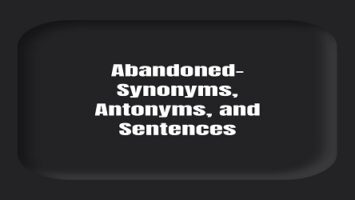
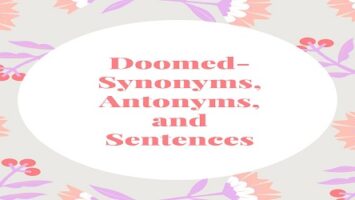
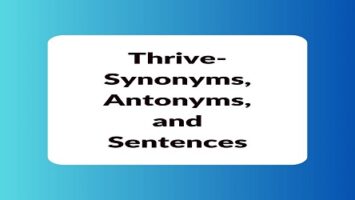

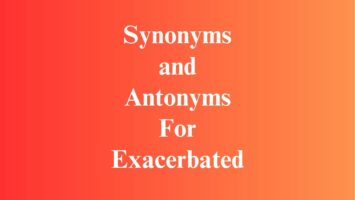
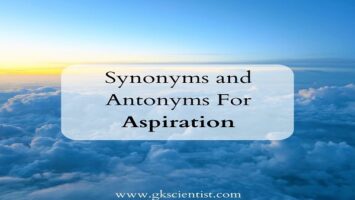
Comments (No)